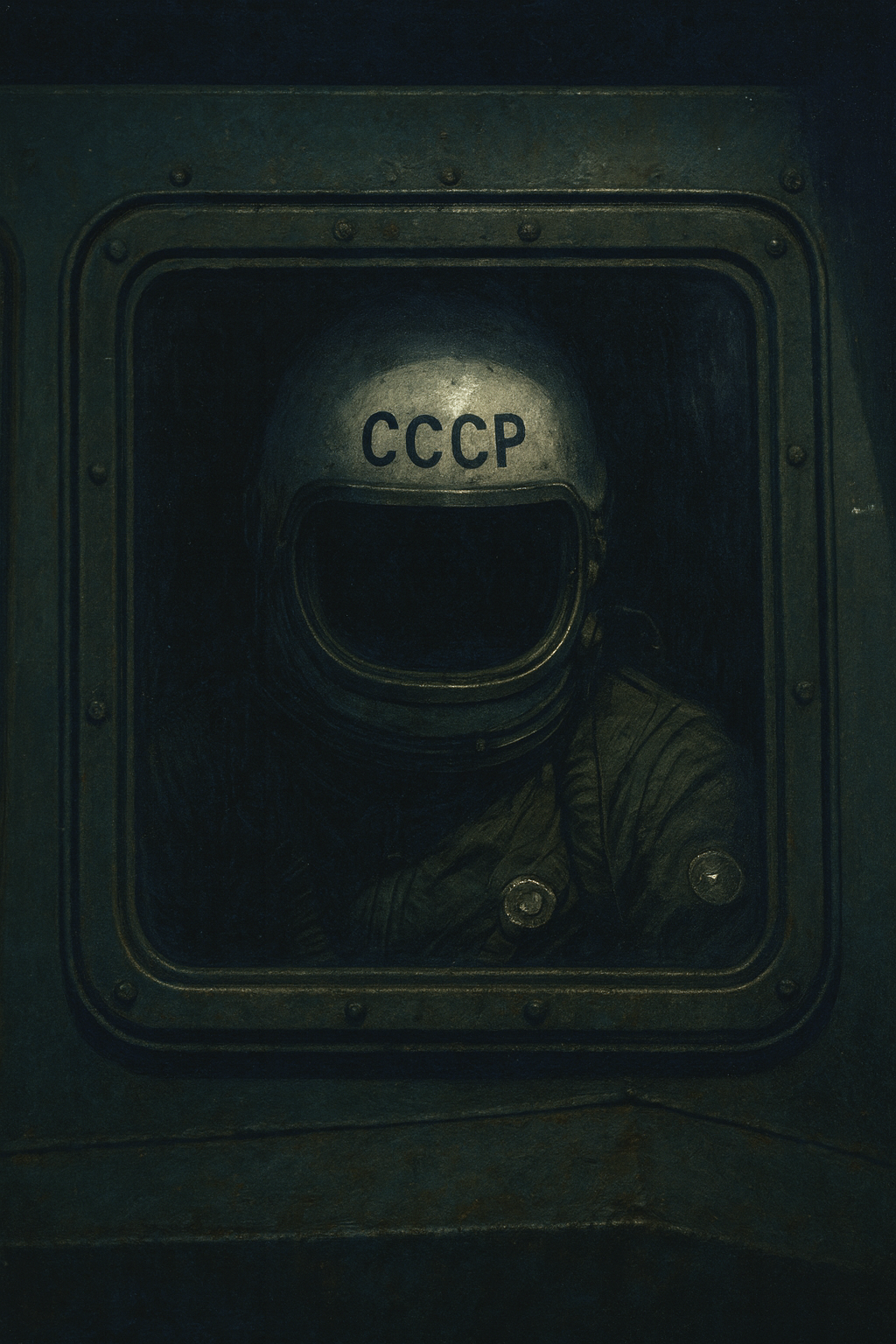
Official history tells us that Yuri Gagarin was the first human in space, safely orbiting Earth in 1961 before returning as a Soviet hero. But there’s a darker story whispered through Cold War static: that others may have gone before him, and never returned.
These are the Lost Cosmonauts. Men and women whose missions were scrubbed from the record books, their fates erased by Soviet secrecy.
The Strange Case of the Italian Brothers
In the late 1950s, two amateur radio operators in Turin, Achille and Giovanni Judica-Cordiglia, claimed to intercept signals from space that didn’t match official Soviet announcements. Their recordings became infamous:
May 1960: A man’s voice gasping as his oxygen failed.
November 1960: A weak heartbeat, slowing… then silence.
February 1961: A woman’s panicked voice crying “I am hot, I am hot…” as her craft apparently burned on re-entry, two years before Valentina Tereshkova became the “first woman in space.”
The brothers weren’t crackpots. They had previously picked up legitimate Sputnik signals. Which makes the recordings all the more unsettling.
What the Soviets Buried
The USSR had reasons to hide failure. In the brutal PR war of the space race, success was paraded, while disaster was censored. We know now they covered up multiple tragedies, like the Nedelin disaster, where a rocket explosion killed over 100 people in 1960. A dead cosmonaut would have been quietly erased.
Several early cosmonaut candidates even disappeared from official records. Airbrushed photos, vanished biographies, the kind of “quiet edits” that were standard practice in Soviet history.
The Experience of Dying Alone in Space
If the tapes are real, the Lost Cosmonauts experienced something few humans ever have: the sensation of dying beyond Earth’s grasp.
Imagine the view, Earth hanging below, unreachable. A cockpit filling with smoke. A heartbeat spiking, then slowing as oxygen thins. Radio waves your only lifeline, carrying your final words into static.
And then: nothing. Silence. The capsule tumbling on, your body strapped inside, orbit decaying until it either burned unseen in the atmosphere, or, perhaps, drifted outward, escaping Earth’s pull forever.
Is Someone Still Out There?
Here’s the part that lingers: if one of those early missions missed Earth entirely, a cosmonaut could still be drifting, encased in a tiny capsule, frozen in silence. A relic of the Cold War, endlessly orbiting the Sun, further each year from the world that birthed them.
Not a ghost in folklore, but a ghost in orbit. A human life written out of history, yet still travelling, an eternal exile of Soviet ambition.
Cold War Cover-Up or Cold War Myth?
Sceptics point out flaws in the Judica-Cordiglia recordings. NASA engineers said the audio didn’t match real comms. And when Soviet archives cracked open in the 1990s, no hard evidence emerged of unrecorded space deaths.
But absence of proof isn’t proof of absence. In an era when erasing people was routine, why would space failures be any different?
The Lost Cosmonauts remain an uneasy legend. They may never have existed, or they may have been the first true pioneers, forgotten by design.
Either way, the myth speaks to something deeper: space has always been a frontier where humanity projects its fears and ambitions. The Soviets wanted glory, the West wanted proof of Soviet brutality, and somewhere in the middle came stories of dying voices carried on shortwave static.
So next time you look up at the night sky, remember: Gagarin may have been the first hero. But there may also be someone else still out there, drifting further into the void, humanity’s first ghost in space.